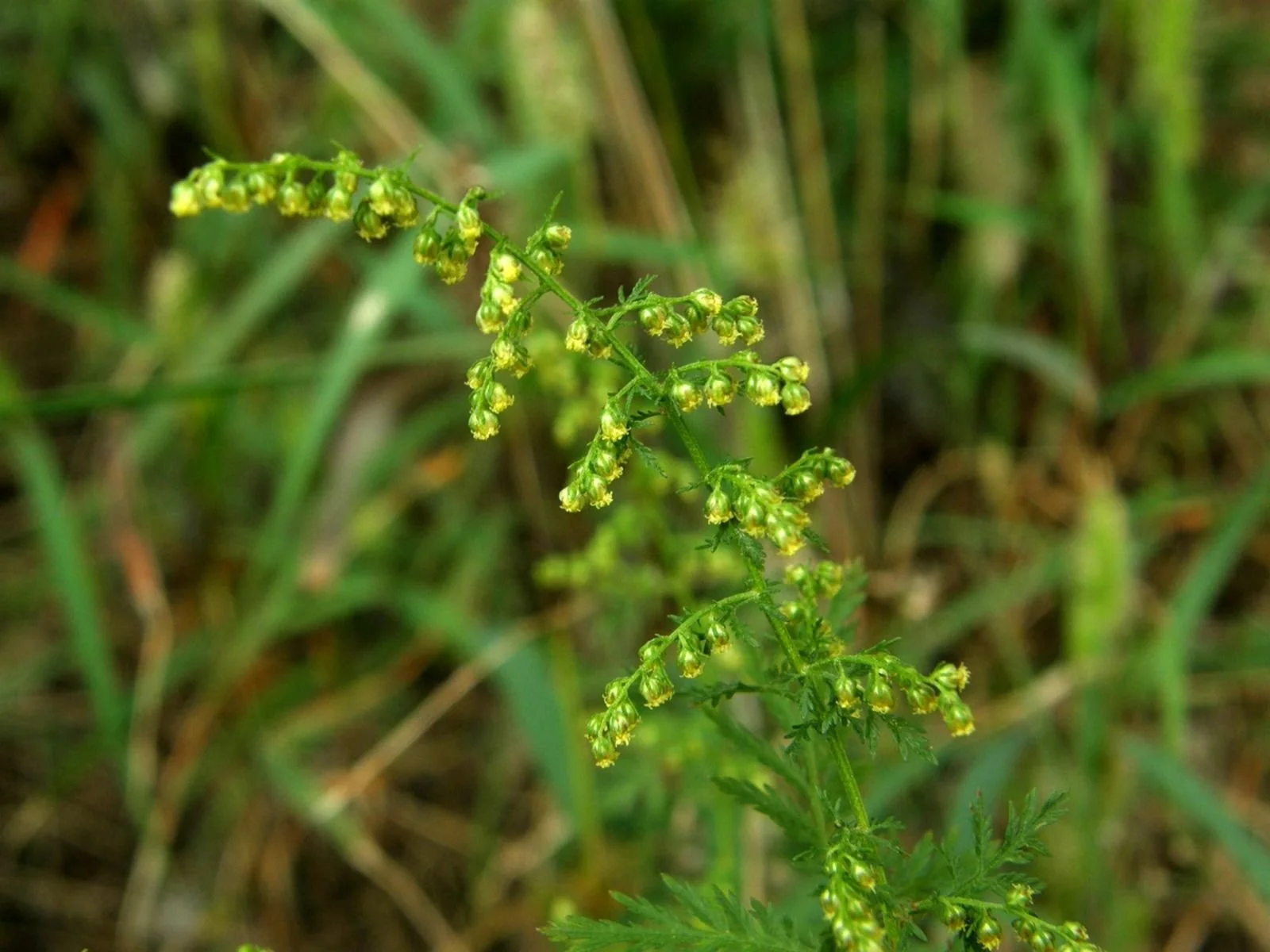
Artemisia annua
Common Name: Sweet Annie or Qing hao
Family: Asteraceae (Aster family)
Parts used: Aerial parts prior to and during flowering
Constituents: Sesquiterpene lactones (artemisinin)
Taste/smell: Aromatic, bitter
Tendencies: Cooling
Actions
Antimalarial
Antiparasitic/Anthelmintic/Vermifuge
Anti-cancer
Antioxidant
Uses
Antimalarial
Malaria
Antiparasitic/Anthelmintic/Vermifuge:
Parasitic infections
Anti-cancer:
Cancer, such as ovarian cancer
Contraindications
Pregnancy and lactation
Large internal doses
Allergic hypersensitivity to Asteraceae family (i.e. arnica, chamomile, feverfew, ragweed, tansy, yarrow)
Adverse Effects
Nausea
Toxicity
Very little with the whole herb
Isolated, high doses of its sesquiterpene lactones are neurotoxic
Interactions
May need to be combined with iron for optimal efficacy
References:
Brinker, Francis J. Herbal Contraindications and Drug Interactions plus: Herbal Adjuncts with Medicines. Eclectic Medical Publications, 2010.
Kaufmann, Taylor. NPLEX II Study Guide. Wild Brilliance Press, 2019.
Lun, Vincent, et al. Core Knowledge for NPLEX 2. 1st ed., Marano Publishing Incorporated, 2014.
Marciano, Marisa, and Nikita A. Vizniak. Evidence Informed Botanical Medicine. Professional Health Systems Inc., 2015.
Sherman, John. The Complete Botanical Prescriber. Four Seasons Pub.
Skenderi, Gazmend. Herbal Vade Mecum: 800 Herbs, Spices, Essential Oils, Lipids, Etc., Constituents, Properties, Uses, and Caution. Herbacy Press, 2004.
Tilgner, Sharol. Herbal Medicine: From the Heart of the Earth. Wise Acres, 2020.







